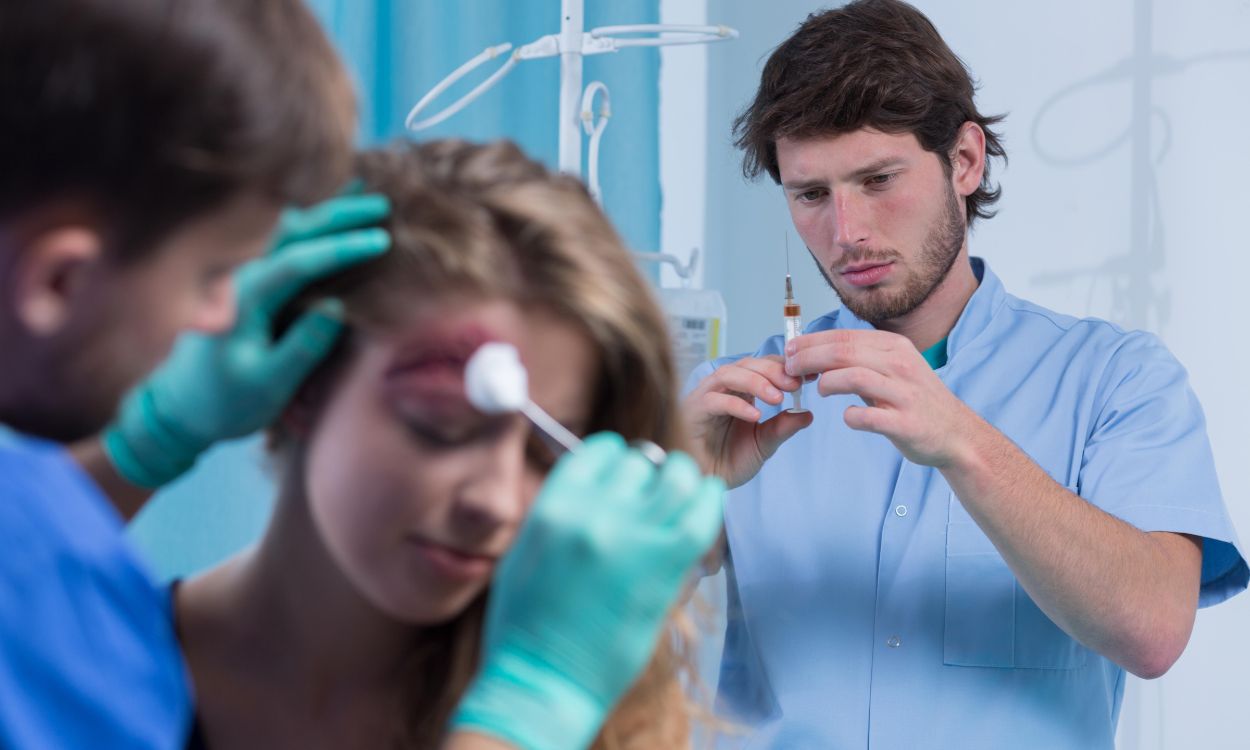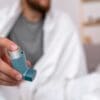Assessing and Managing Facial Injuries: First Aid Approach
Facial injuries can be caused by accidents, sports injuries, or physical altercations. These injuries can range from minor cuts and bruises to more severe injuries such as fractures and dislocations. Regardless of the severity of the injury, it is important to provide immediate first aid to prevent further damage and promote healing. In this article, we will discuss the first aid approach to assessing and managing facial injuries.
Assessing the Injury
The first step in managing a facial injury is to assess the extent of the damage. This involves checking for any visible signs of injury such as cuts, bruises, swelling, or deformities. It is also important to check for any signs of concussion or other head injuries. If the person is unconscious or experiencing severe pain, it is important to call for emergency medical assistance immediately.
Managing the Injury
Once the injury has been assessed, the next step is to manage the injury. This involves providing first aid to prevent further damage and promote healing. The following are some first aid measures that can be taken to manage facial injuries:
- Stop any bleeding: If there is any bleeding, apply pressure to the wound with a clean cloth or bandage. Elevate the head to reduce blood flow to the area.
- Reduce swelling: Apply a cold compress to the injured area to reduce swelling and pain. Use a bag of ice or a cold pack wrapped in a towel. Apply the cold compress for 15-20 minutes at a time, several times a day.
- Manage pain: Over-the-counter pain relievers such as acetaminophen or ibuprofen can be taken to manage pain. However, it is important to follow the recommended dosage and consult a doctor if the pain persists.
- Protect the injury: If the injury is severe, it may be necessary to immobilize the area to prevent further damage. This can be done by using a splint or bandage.
- Seek medical attention: If the injury is severe or if there are any signs of concussion or other head injuries, it is important to seek medical attention immediately.
Preventing Facial Injuries
Prevention is always better than cure. The following are some tips to prevent facial injuries:
- Wear protective gear: If you are participating in sports or other physical activities, wear protective gear such as helmets, face masks, and mouth guards.
- Avoid risky behavior: Avoid engaging in risky behavior such as driving under the influence of drugs or alcohol, or engaging in physical altercations.
- Be aware of your surroundings: Be aware of your surroundings and avoid hazardous areas or situations.
Conclusion
Facial injuries can be painful and debilitating. However, with prompt first aid and proper management, most injuries can be treated effectively. It is important to take steps to prevent facial injuries by wearing protective gear, avoiding risky behavior, and being aware of your surroundings. If you or someone you know has suffered a facial injury, download the Fitpaa app to get personalized health and fitness guidance to help you recover and prevent future injuries.











